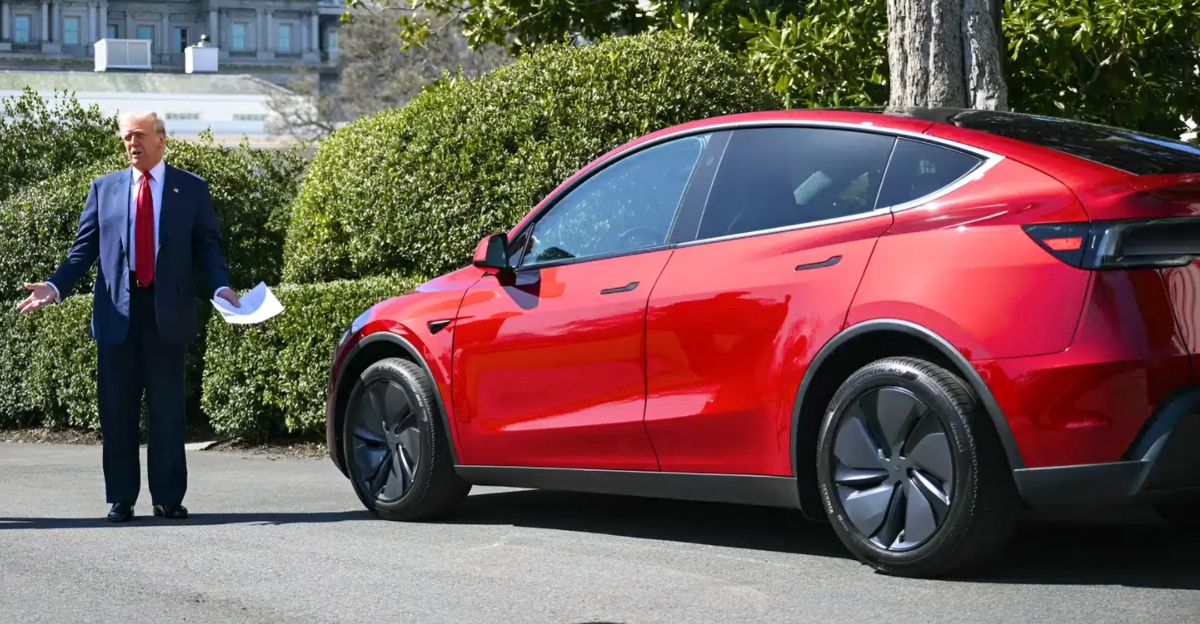
The White House is considering a policy shift to ban start/stop technology in cars, a system designed to conserve fuel by automatically shutting off engines at stops such as red lights. This move signals a significant change in U.S. automotive and environmental policy.
While start-stop technology has been praised for saving fuel and reducing emissions, it has also faced criticism from motorists concerned about engine wear and driving experience.
The debate reflects broader tensions between environmental goals and consumer preferences as the nation watches the implications for drivers and the automotive industry unfold.
The Role and Function of Start/Stop Technology
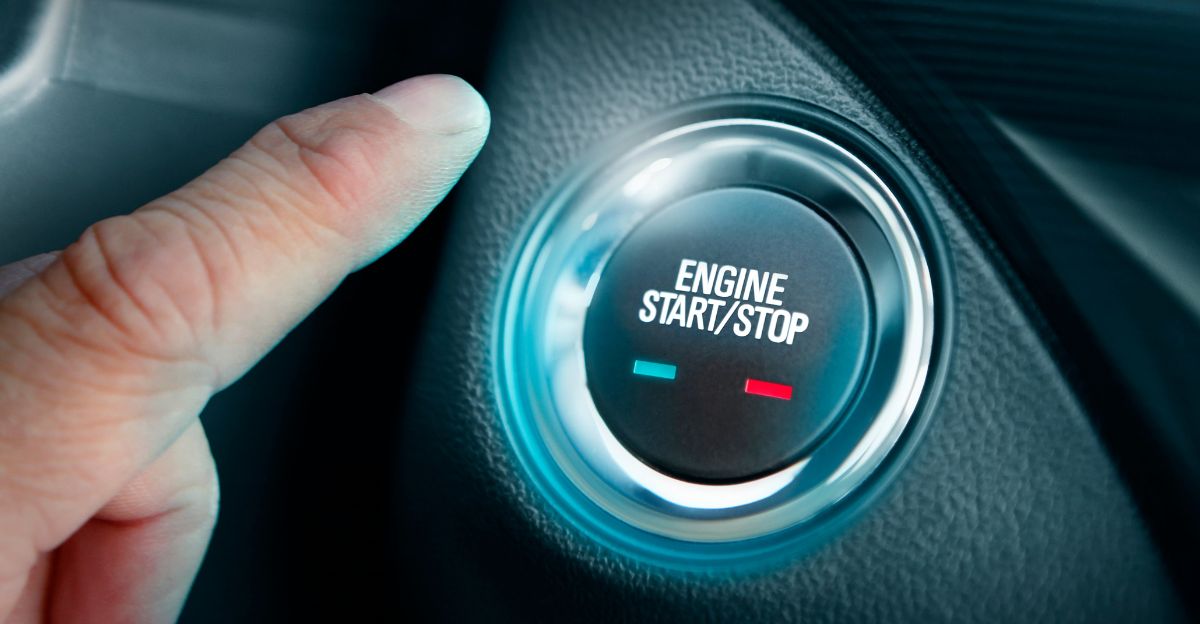
Start/stop functions by automatically turning off a vehicle’s engine when it comes to a complete stop, such as at traffic lights, and then restarting the engine as soon as the driver takes their foot off the brake or engages the clutch.
This system reduces idle time, which is a major source of wasted fuel and emissions. It combines smart electronic controls with enhanced batteries, alternators, and starter systems designed to handle frequent restarts.
Some vehicles also integrate regenerative braking to improve the overall efficiency of the system. This technology is particularly beneficial in urban stop-and-go traffic, where it can reduce fuel consumption by 4 to 10% or more, depending on conditions.
Environmental Benefits and Emission Reductions
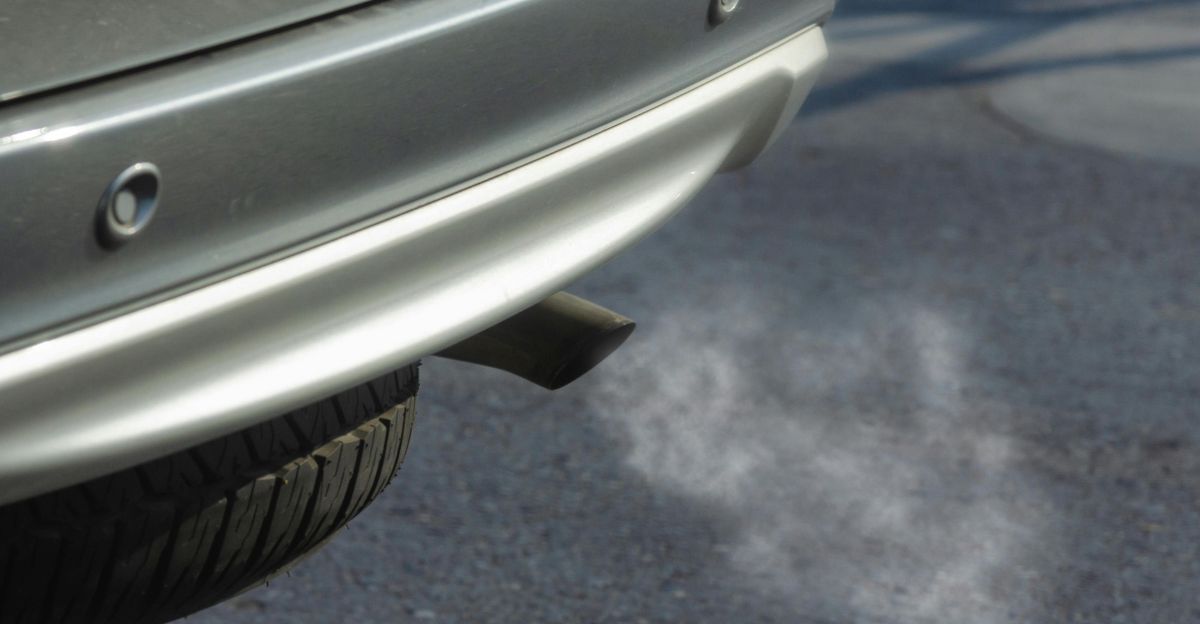
Start/stop technology contributes significantly to lowering greenhouse gas emissions by reducing the time engines idle unnecessarily. Studies indicate that it can reduce carbon dioxide emissions by as much as 10% in urban driving scenarios.
This reduction helps combat climate change and improves air quality by cutting pollutants such as nitrogen oxides and particulate matter.
The technology aligns with environmental sustainability goals and has been supported by regulatory bodies like the EPA for its potential to reduce vehicles’ carbon footprint.
Public Perception and Criticism

Despite its environmental advantages, start/stop technology has faced criticism from some drivers. The complaints often center around the perceived hassle of frequent engine restarts, slight delays in acceleration, and concerns of increased wear on engine components like the starter motor and battery.
These problems can result in increased maintenance costs and doubts about long-term reliability. Although manufacturers have made advances in technology to address these concerns, public opinion remains mixed, and many drivers continue to opt for convenience over fuel savings.
EPA’s Support and Recent Policy Shift

The Environmental Protection Agency (EPA) has historically supported start/stop technology by offering fuel economy credits to automakers, encouraging its adoption to meet stricter fuel efficiency and emission standards.
However, recent statements from EPA Administrator Lee Zeldin indicate a possible policy reversal, suggesting the technology could be phased out.
This shift could affect automakers’ strategies and slow the integration of the start/stop systems in future vehicle models, marking a significant change in U.S. environmental policy.
Evolution of the Technology
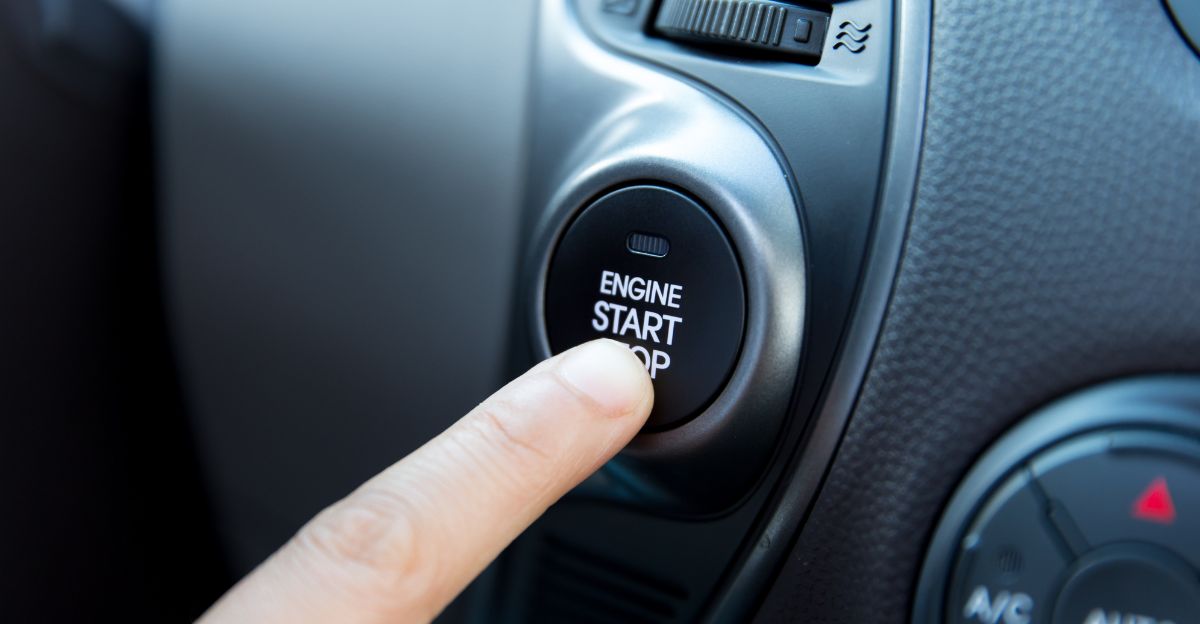
The roots of start/stop technology in the U.S. go back to the Obama administration’s push to impose more stringent fuel economy standards that would reduce greenhouse gas emissions.
Initially used in hybrid cars, the technology quickly spread to conventional gasoline-powered vehicles as automakers sought to comply with evolving regulations.
Early versions faced customer resistance, yet improvements and stricter environmental regulations have promoted its widespread adoption in the last few years.
Rapid Growth and Market Penetration
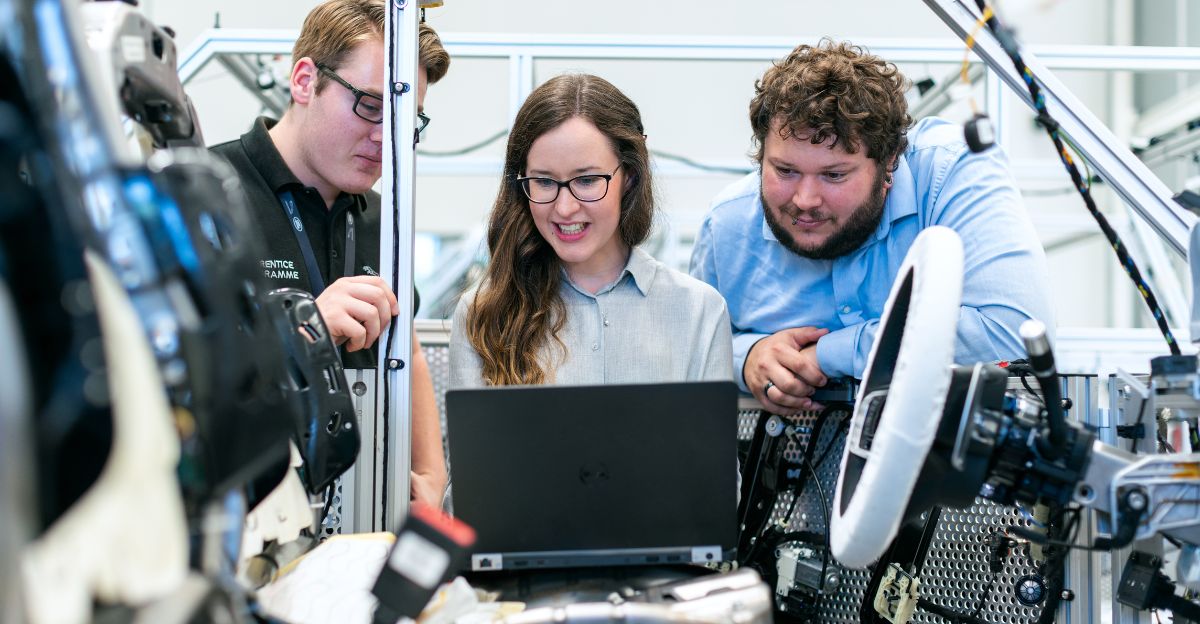
Since its introduction, start/stop technology has rapidly grown in the U.S. automotive market. By 2023, it was believed that more than 40% of new cars sold would have the system.
This adoption indicates consumer demand for fuel-saving technologies and manufacturers’ responses to regulatory requirements.
Technology integration represents a significant step in the evolution of vehicle efficiency and emission reduction strategies.
Pros and Cons

From an industry perspective, start/stop technology has clear benefits, including improved fuel economy, lower emissions, and compliance with environmental standards, enhancing automakers’ eco-friendly image.
However, concerns remain about increased wear on components like batteries and starters, which may raise maintenance costs and affect vehicle reliability.
Finding the right balance between these two factors is particularly important for vehicle manufacturers, who must comply with regulatory and consumer expectations.
The Future of Vehicle Technologies
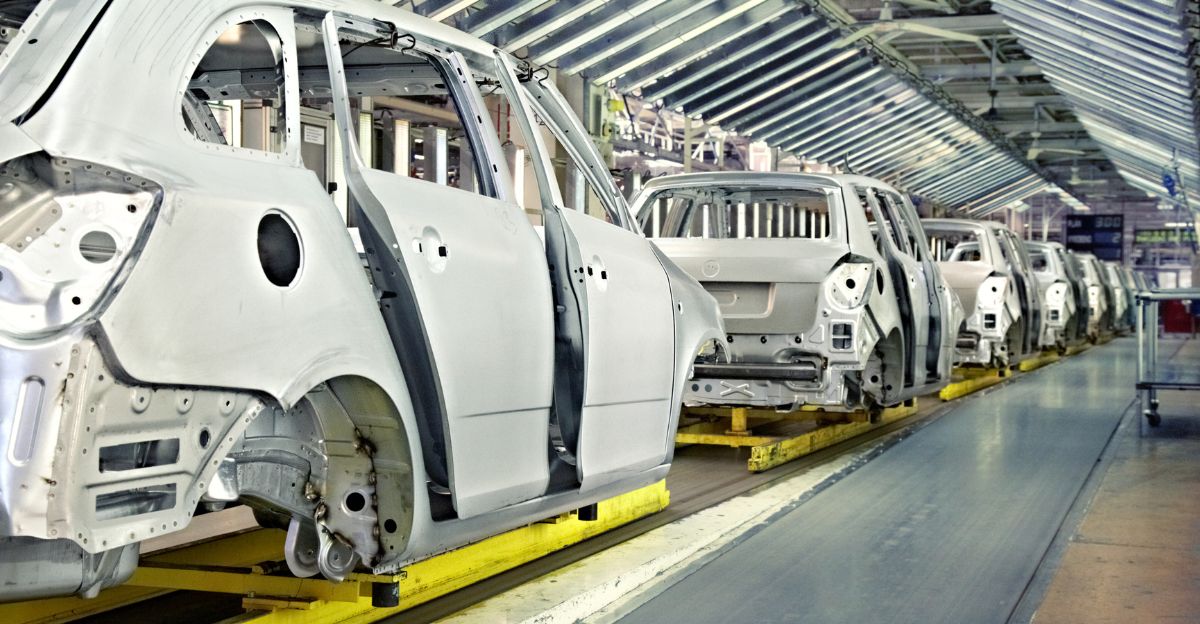
The possible demise of start/stop technology could just be the catalyst for further adoption of electric and hybrid vehicles that do much more to improve fuel economy and emissions reductions.
Advances in battery technology and alternative fuels are expected to redefine vehicle efficiency standards. Regulatory focus may increasingly support electrification and infrastructure development, marking a pivotal transition in sustainable transportation.
Weighing the Future of Start/Stop Technology

The White House’s proposal to ban start/stop technology puts a spotlight on the complex trade-offs between environmental benefits and consumer concerns. Though the technology has contributed to fuel savings and emissions reductions, problems such as engine wear and driver experience persist.
As the EPA reevaluates its stance, the fate of vehicle efficiency may depend more on electric and hybrid innovations.
Policymakers, manufacturers, and consumers must collectively navigate this transition to achieve sustainable transportation goals while addressing practical challenges.
Discover more trending stories and Follow us to keep inspiration flowing to your feed!

Craving more home and lifestyle inspiration? Hit Follow to keep the creativity flowing, and let us know your thoughts in the comments below!
